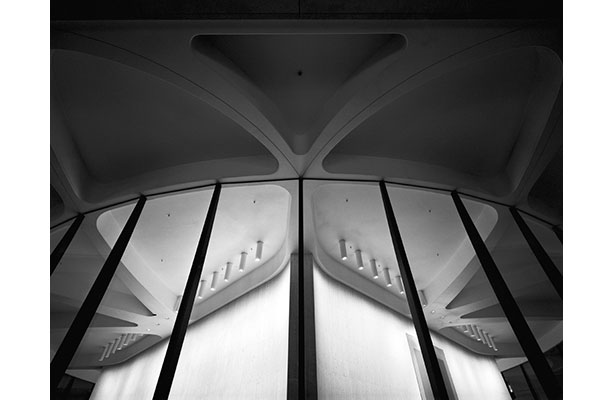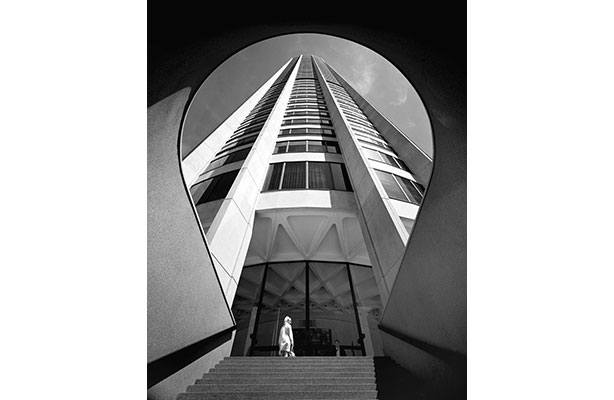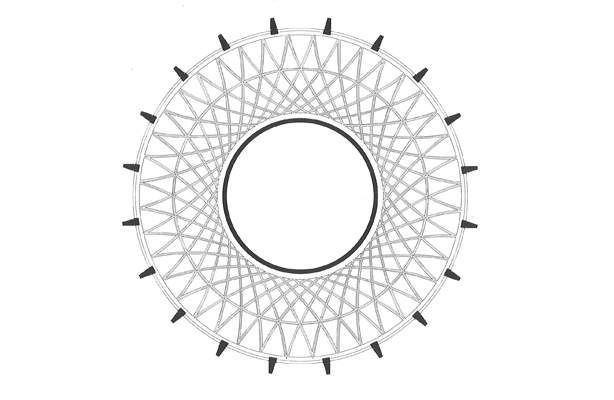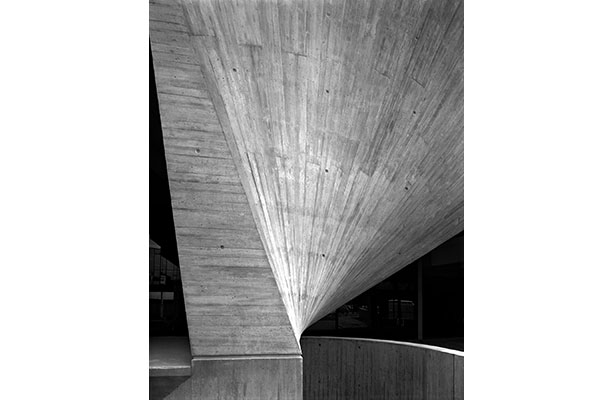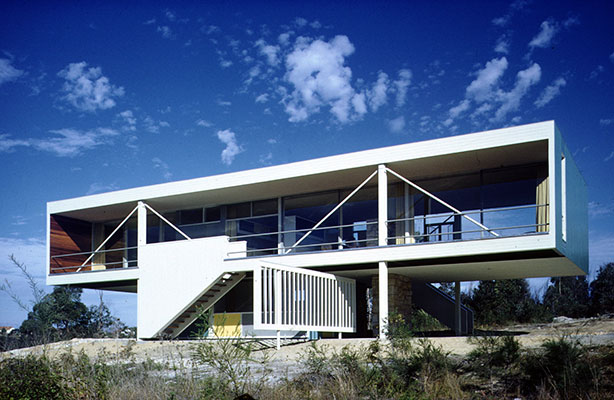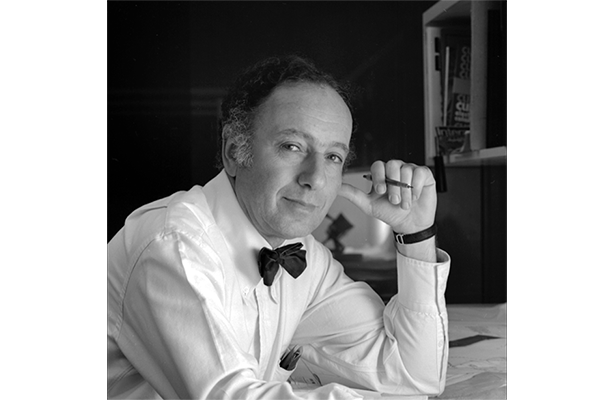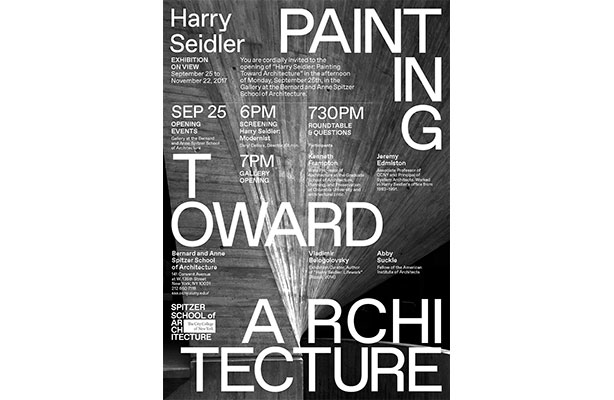Exhibits
Harry Seidler: Painting Toward Architecture
Tuesday, Sep 26, 2017 - Wednesday, Nov 22, 2017
9:00 am - 5:00 pm
Bernard and Anne Spitzer School of Architecture
141 Convent Avenue
New York, NY 10031
Atrium Gallery
Exhibit open to the public, free of charge, 9:00 a.m.-5:00 p.m. weekdays excluding holidays.
Painting Toward Architecture traveling exhibition traces the work of Australia’s most prominent architect of the 20th century, Harry Seidler (1923-2006); it examines his distinctive place and hand within and beyond modernist design methodology. Dozens of featured projects—from single family houses to multi-story residential and office towers to civic, sports, and cultural centers, as well as important government commissions realized in Australia, Austria, France, Israel, Italy, Mexico, and Hong Kong—bring to focus Seidler’s 12 long-lasting creative collaborations with progressive artistic visionaries: architects Walter Gropius, Marcel Breuer, and Oscar Niemeyer; engineer Pier Luigi Nervi; artists Josef Albers, Alexander Calder, Norman Carlberg, Sol LeWitt, Charles Perry, Frank Stella, and Lin Utzon; and photographer Max Dupain. The exhibition was developed by New York-based non-profit Curatorial Project in collaboration with the Seidler Estate in Sydney.
Harry Seidler was the first architect to fully express Bauhaus principles in Australia by building his first project for his parents, the Rose Seidler House (1950) in Wahroonga, Sydney. All his life he was, in his own words, “the torchbearer of modern architecture” and a sincere missionary for the cause of modernism and its ideology to make the world a better place. A constellation of Seidler’s emphatic towers in central Sydney—50-story Australia Square (1967), 60-story MLC Centre (1975), 44-story Grosvenor Place (1988), 30-story Capita Centre (1989), 29-story IBM Tower (1991), 43-story Horizon Apartments (1998), and 56-story Cove Apartments (1999)—asserts powerful visual continuity and constitute a rare urban ensemble of a grand vision by a single master.
Seidler’s instantly recognizable body of work, marked by a strong sense of geometry, baroque in origin, a feel for robust balanced compositions, a knowledge of structure and materials, and the use of inventive shading devices effectively responding to the intense Australian sun, distinguish him as the most uncompromising and artistic architect in his adopted country, and one of the most persevering and ingenious architects of his time anywhere.
His architecture embodies numerous sources and influences that he strategically sought out and refined over the course of his career—confidence, social purpose, and a methodological and collaborative approach to design from Walter Gropius; residential types, the power of concrete, and the warmth of wood from Marcel Breuer; standardized building systems and expressive structural language from Pier Luigi Nervi; sculptural fluidity and lyrical forms from Oscar Niemeyer; and a profound understanding of how our eyes react to visual phenomena from Josef Albers. From the 1970s on, Seidler’s hand became increasingly influenced by modular works of American abstract expressionist painters and sculptors, particularly Norman Carlberg, Charles Perry, and Frank Stella, evolving into a distinctly personal artistic language yet to be recognized by the profession internationally. Seidler’s late work, however free and sculptural, is never arbitrary. His majestic forms were perpetually defined by rational planning, efficiency of standardized construction, social and environmental considerations, and always aiming to achieve the greatest artistic effect with the least effort.
Vladimir Belogolovsky,
Curator, founding director of Curatorial Project, and author of Harry Seidler: Lifework (Rizzoli, 2014)
Export as:


